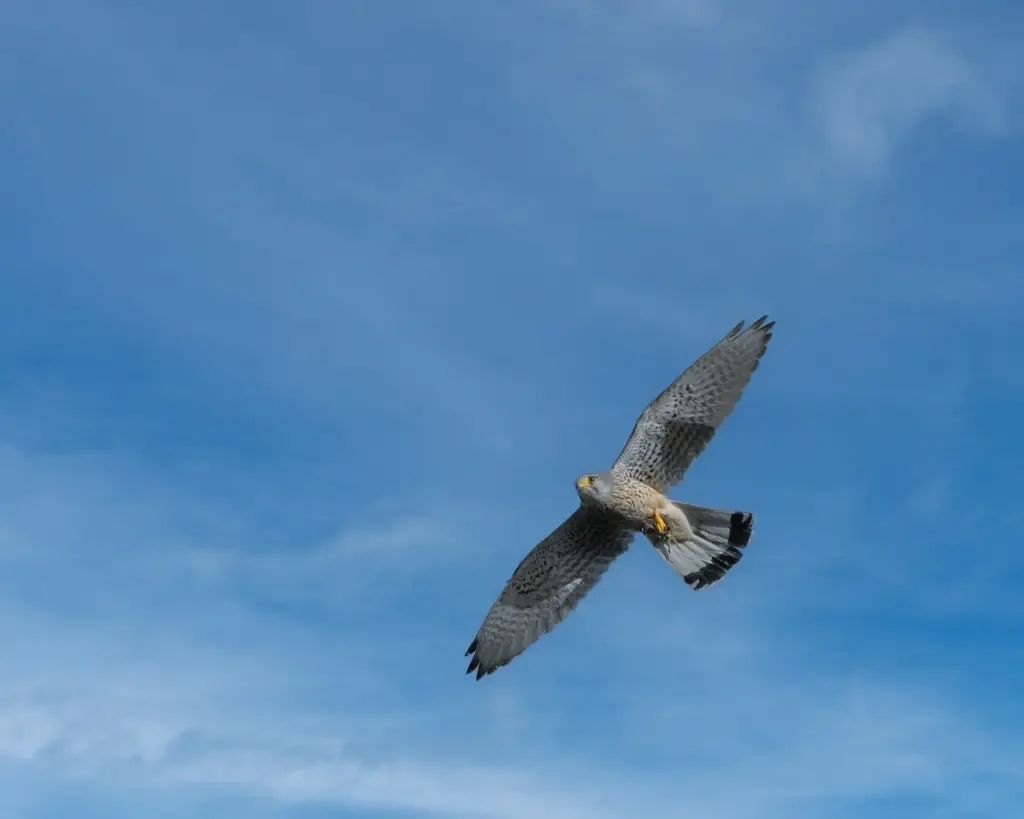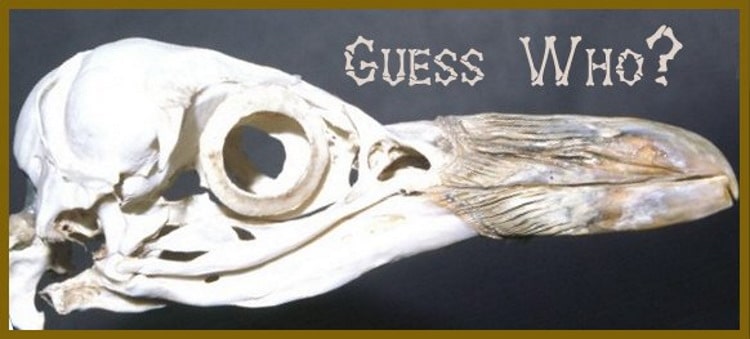Grey Falcons
Grey Falcon (Falco hypoleucos)
The Grey Falcon (Falco hypoleucos) – also known as Blue Hawks or Smoke Hawks – are rare, medium-sized Australian falcons.
They are only found at very low densities and it is estimated that only about 1,000 mature individuals in total are still in existence (Schoenjahn 2011, Garnett et al. 2011).
Even though their populations are believed to be stable at this point in time, they are threatened by occasional persecution (shooting or trapping) and ingesting prey animals poisoned by pesticides.

Distribution / Habitat
Grey Falcons occur naturally in most of mainland Australia and Tasmania. Vagrants have been reported in New Guinea.
However, they are most common in the arid and semi-arid areas of central and northwestern Australia and the Northern Territory with an isolated population in the Top End. They are absent from Cape York and rare on the Nullarbor Plain and in the Great Victoria, Gibson and Great Sandy Deserts.
In Australia, they usually inhabit inland drainage systems, where they frequent timbered lowland plains, favoring acacia shrublands cross by tree-lined watercourses. They generally avoid dessert. In Tasmania, they are mostly found in forests.
They are usually seen in small family groups (parents with first-year juveniles). They are believed to be sedentary (non-migratory), except for juveniles and single (non-paired) adults that disperse in autumn to spring (after the breeding season) towards the coastal areas of Queensland and New South Wales (Longmore 1978, Debus 1982). It is likely that immature birds are more likely to migrate than adults.
Description
Grey Falcons measure about 12 – 18 inches (~ 30 – 45 cm) in length (including the tail); have a wingspan of 33.5 – 38.2 inches (85 – 97 cm); and weigspan2.34 – 21.16 oz (350 – 600 g). Females tend to be larger and heavier in size.
They are intermediate in size between the Peregrine Falcon and the Nankeen Kestrel.
The plumage is mostly grey with black primaries (longest wing feathers), ten dark brown wavy bars on the otherwise grey secondaries (shorter, upper “arm” feathers), whitish throat, a small black moustachial stripe, and a black streak below the eyes. The plumage below may be greyish white to whitish with fine dark streaks. The grey tail is faintly barred, as are the underwings.
The eyes are brown and the bill is bluish with a yellow base. The cere (skin above the beak) is yellow / orange. The legs are yellow or yellow-orange.
Juvenile Birds:
The streaking below is darker and more distinctive.
Grey Falcons are commonly confused with:
- Brown Falcons (Falco berigora)
- Brown Goshawks (Accipiter fasciatus)
- Grey Goshawks (Accipiter novaehollandiae)
- Collared Sparrowhawks (Accipiter cirrhocephalus) – Adults
- Black-shouldered Kites (Elanus axillaris)
Field Identification of the Grey Falcon Falco hypoleucos

Diet / Feeding
Grey Falcons mostly feed on other, small birds, such as pigeons, parrots, thornbills and other forest birds, ducks and other water birds, etc.) – which make up about 88% of their diet. They will also take small mammals, such as rodents and bats (6% of their diet), reptiles/lizards (5%), large insects, including worms (1%), and – occasionally, also carrion (lamb carcasses, road kill, etc.).
The birds they mostly feed on are usually foraging on the ground in flocks. Grey Falcons seize them by gliding from a perch to the ground; they will also pursue and catch prey in flight.
In Australia, they usually hunt in open, treeless areas in Tasmania, they prefer closed forest habitats where they swoop down on prey from concealed perches.
Breeding / Nesting
Grey Falcons usually only breed once a year – however, they may not breed at all during drought times or produce a second clutch when conditions are optimal. Most nesting is observed between July to October in the south and April to June in the northern part of their range.
These solitary nesters often use abandoned large stick nests of other bird species (usually other raptors or corvids) that are situated in upright forks of the tallest trees, about 30 – 82 feet (9 – 25 meters) above the ground. These trees are usually found in dry inland areas along watercourses, particularly River Red Gum. Nests are often reused for several years.
The average clutch consists of 2 to 3 eggs, however, as few as one or as many as 4 have been reported. The oval-shaped eggs measure about 1.3 – 2 inches (33 – 51 mm) and are incubated for about 34 – 36 days.
The young fledge when they are 41 – 52 days old.
Calls / Vocalizations / Sounds
Their calls are described as loud, httpsslow and repeated ‘kek-kek-kek’ or ‘kak-ak-ak-ak’ vocalizations
Alternate (Global) Names
Chinese: ???? … Czech: Raroh šedý … Danish: Gråfalk … Dutch: Grijze Valk … Estonian: hõbepistrik … Finnish: Hopeajalohaukka … French: Faucon cendré, Faucon gris … German: Silberfalke … Italian: Falco grigio, Falco grigio australiano … Japanese: haiirohayabusa … Norwegian: Sølvfalk … Polish: sokól siwy, sokó? siwy … Russian: ? … Slovak: sokol popolavý , sokol strieborný … Spanish: Halcón Gris … Swedish: Gråfalk





